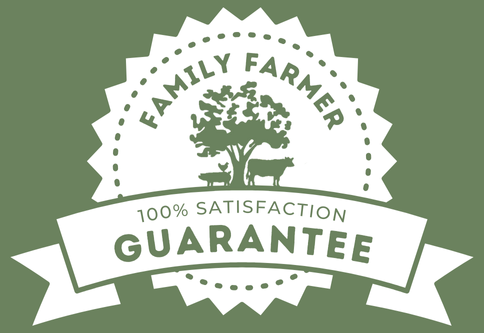He Arose
Happy Easter Friend! Today, we are taking it easy on the farm. I just finished morning chores and now have a short moment to write you this email before we bustle off to church. Thankfully we worked pretty hard yesterday to get all the chores done so today we can take some extra family time to celebrate this Easter Sunday.Of course there will be the Easter egg hunt this afternoon as we do everyday ;)However, we look forward to celebrating the magnificent miracle that happened 2,000 years ago. Our Lord, Jesus Christ arose from the death of his crucifixion with our family today. As many of you know we are a faith based family farm. This means we hold very closely our faith in everything we do. That said, I wouldn't be acting out of faith, if I didn't share His story as it reflects who we are and stand for. If you are willing, please watch this really cool poem that I found encouraging!It sent chills up my back! It's such a beautiful poem sharing what Christ accomplished with his death, burial, and then resurrection. We are so thankful for his love and grace to save us. Choosing him as our savior vs our good deeds can uplift anyone from the bondage we face. I hope you enjoyed the poem as well. God bless you on this Easter Sunday. The Wanda Family







